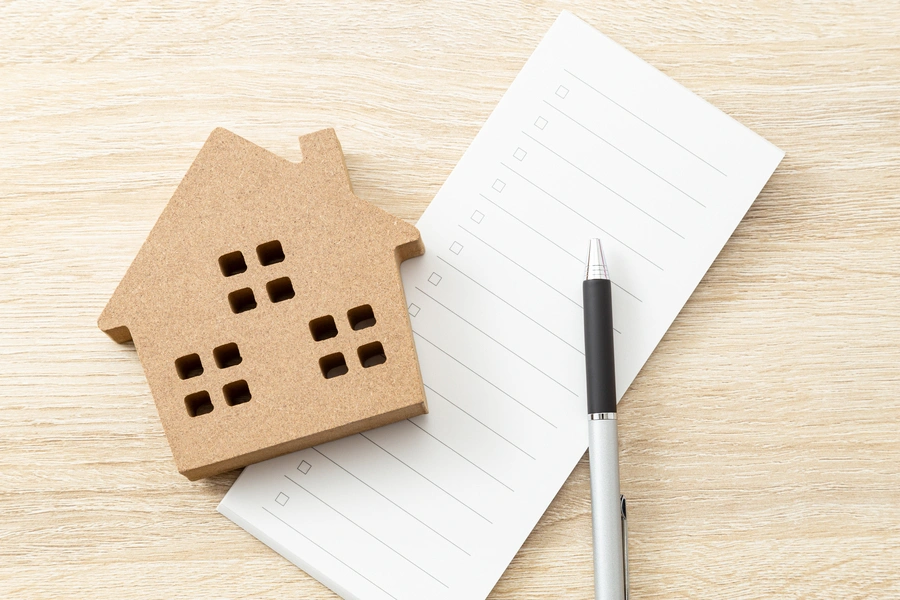How to Pack Efficiently: Room-by-Room Guide

How to Pack Efficiently: Room-by-Room Guide
Introduction
Packing for a move can feel overwhelming, especially when every room has different items and challenges. By breaking down the process room by room, you can make it manageable and efficient. Here’s a complete guide to packing each room in your home, so you stay organized and stress-free.
1. Kitchen
Packing the kitchen can be time-consuming due to fragile items, appliances, and various small objects. Start early and follow these tips:
- Sort and Declutter: Dispose of expired food, give away pantry items you don’t use, and donate unneeded appliances.
- Pack Dishes and Glassware Carefully: Wrap each plate and glass individually in bubble wrap or packing paper. Use dividers or padded boxes if possible, and label boxes as “Fragile.”
- Organize Small Appliances: Clean appliances and remove any detachable parts. Wrap each part separately to prevent damage, and store all cords and accessories together in a labeled bag.
- Pack Pots and Pans: Stack pots and pans with a layer of packing paper in between. You can use dish towels or oven mitts as extra padding to save space.
2. Living Room
The living room often has a mix of large furniture, electronics, books, and décor. Here’s how to handle each type of item:
- Disassemble Large Furniture: For couches, tables, and shelves, disassemble parts if possible to make them easier to move. Keep screws and other small parts in labeled bags taped to the furniture.
- Protect Electronics: Take photos of complex setups, like your entertainment center, for easier reassembly. Use original boxes for items like TVs and gaming consoles if you still have them.
- Pack Books Efficiently: Books are heavy, so use small boxes and place them flat to prevent spine damage. Fill extra space in each box with lightweight items to avoid overpacking.
- Wrap Décor and Frames: Protect picture frames and decorative items with bubble wrap or packing paper. Use sturdy boxes and label them “Fragile.”
3. Bedroom
Bedrooms contain personal items, clothing, and sometimes larger furniture. Here’s how to pack this space effectively:
- Declutter Clothes and Shoes: Sort through your clothing and donate items you no longer wear. Use wardrobe boxes for hanging clothes to save time and keep them wrinkle-free.
- Pack Bedding and Linens: Use vacuum-seal bags to compress bulky bedding and save space. Pillows and blankets can also be used as padding for other boxes.
- Organize Small Items: Place jewelry, makeup, and other small personal items in labeled pouches or boxes to keep them organized. Consider using a separate bag for essentials you’ll need right away.
- Disassemble Furniture if Needed: If you have large furniture like a bed frame or dresser, disassemble it to make moving easier. Keep screws and other parts together in labeled bags.
4. Bathroom
The bathroom contains toiletries, medications, and cleaning supplies, which require careful handling to prevent spills or damage.
- Sort and Declutter: Dispose of expired medications and products. Set aside items you’ll need until the moving day, and pack everything else.
- Use Plastic Bags for Liquids: Pack liquids in plastic bags to prevent leaks. Tighten lids and place items like shampoo, lotion, and toothpaste in sealed bags.
- Pack Towels and Toiletries Together: Use towels and washcloths to cushion fragile items. Pack essential toiletries in a separate bag for easy access when you arrive.
- Label Medication Boxes Clearly: Store any medication separately, labeling the box for easy identification. Keep daily medications with you rather than packing them.
5. Home Office
Packing an office involves handling documents, electronics, and delicate items. Follow these steps for a smooth move:
- Organize Important Documents: Sort and file important documents (e.g., tax records, passports) in a secure, labeled box or binder. Keep sensitive items with you for safekeeping.
- Back Up Digital Files: Back up computer files on an external hard drive or cloud storage in case of damage during the move.
- Pack Office Equipment Carefully: Use original boxes if possible for electronics, and wrap monitors, keyboards, and other equipment in bubble wrap.
- Label and Organize Cables: Use cable organizers or labeled ziplock bags to keep cables and chargers organized. Take photos of complex setups for easier reassembly.
6. Garage and Storage Areas
Garages and storage areas often contain tools, seasonal items, and equipment that require special handling.
- Sort and Declutter: Go through stored items and decide what to keep, donate, or discard. This is especially helpful for bulky items you rarely use.
- Pack Tools Safely: Place small tools in a toolbox, and wrap larger ones individually. Drain any power tools of fuel or oil for safety.
- Organize Seasonal Items: Store seasonal items, like holiday decorations, in labeled boxes for easier access next season.
- Wrap Outdoor Equipment: Clean outdoor equipment, such as grills and lawnmowers, and cover them with protective wrapping to prevent scratches.
7. Kids’ Room
If you have children, involve them in packing their room to make the process easier and more engaging.
- Sort Through Toys and Games: Have kids pick a few toys to keep accessible, and donate any items they’ve outgrown. Store the rest in clearly labeled boxes.
- Use Clear Containers for Small Toys: Small toys, like building blocks or action figures, can easily get lost. Store them in clear plastic containers to keep them organized.
- Pack Essential Items Separately: Create an essentials box with favorite toys, books, and comfort items, so your child has familiar things on the first night in your new home.
- Label and Organize Books and School Supplies: Pack school supplies and books in separate boxes and label them clearly for easy unpacking.
Conclusion
Packing room by room can make your move much more efficient and organized. By sorting, labeling, and following these packing tips, you’ll simplify both the packing and unpacking process, making it easy to settle into your new home.